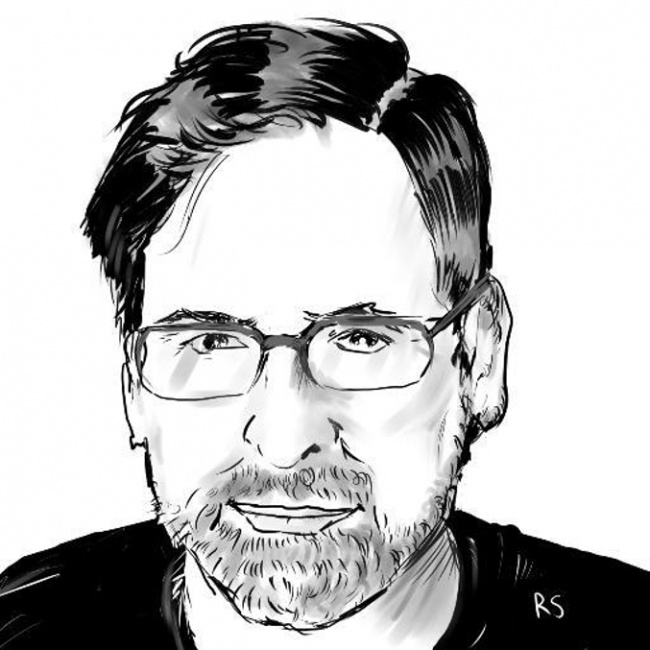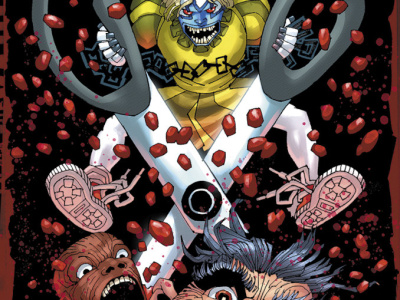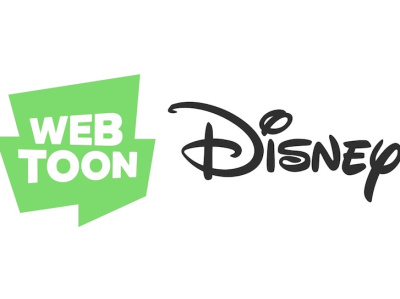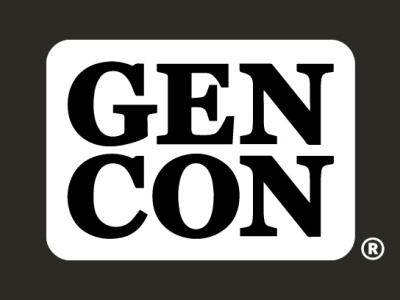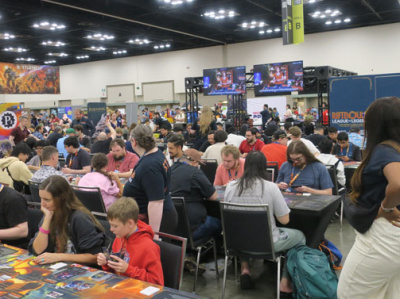It’s the new year and time to dust off the old crystal ball for a preview of the stories that we’ll be talking about in the comics business in 2018. Here are a few trends that I’ll be watching closely.
Trade Book Channel vs. Direct Market. At the ICv2 Insiders Sessions at NYCC last October, we saw data showing a divergence between trade book sales of graphic novels and manga (increasing) and sales in the direct market (decreasing). 2018 is likely to see an acceleration of that trend even if Marvel gets its act together and rediscovers how to create and sell comics that direct market customers want to buy – a big “if.”
Meanwhile, bookstore sales show no signs of slowing. A new generation of readers is discovering great graphic works for young, middle-year and young adult audiences in bookstores. Publishers and distributors finally seem to understand how to create and market content for this audience, and it doesn’t involve comic stores.
Can the North American comics market survive bifurcation between two increasingly distinct and divergent audiences, publishing strategies and distribution paradigms? And in that tug-of-war, is there any way that the direct market and the publishers that depend primarily on it don’t get the small end of the wishbone? This question has been simmering for nearly a decade. It may boil over this year.
Graphic novels from MFA Programs. In 2017, big publishers brought forward an incredibly strong slate of original graphic books, including several from first-time creators. One that drew my attention was Kristen Radtke’s Imagine Wanting Only This, a layered and literary memoir/novel from the prestigious Pantheon Books imprint of Penguin Random House.
Imagine Wanting Only This is an audacious debut, but it didn’t emerge from the traditional world of cartooning, mini-comics, alternative comix and small press that produced many previous classics of graphic literature. Radke didn’t build up a fanbase with a webcomic or a Tumblr page like Noelle Stevenson, and she didn’t bide her time in the comics mainstream while she was honing her skills. Instead, Imagine Wanting Only This was the product of the elite network of graduate school programs, residencies and publishing industry relationships that has become the pipeline for most contemporary prose that appears on top imprints. It’s not the only one, either.
In the world of mainstream fiction and memoir, expensive MFA programs are where top agents and publishers scout for talent; they justify their high tuition costs by promising a fast lane to the literary bigtime. By their nature, they also select for a well-bred, well-heeled class of applicants and have defined the bland, polished, professional style and tone that infuses today’s Big Lit. As the top publishers and agents start looking to these programs for new graphic literature, and the programs themselves start churning out earnest young graphic novelists with little previous exposure to comics culture, we’re starting to see a subtle but significant shift in the social, institutional and economic landscape of comics production. The implications aren’t entirely clear, but it’s something I’m keeping an eye on.
Amazon goes all-in on comiXology Digital Originals. One of my favorite books this holiday season was Harvey Kurtzman’s Marley’s Ghost, a project that Kurtzman started in 1952 and was only finished last year by writers Josh O’Neil and Shannon Wheeler and artist Gideon Kendall. If you missed it on the bookshelves, that’s because it was released exclusively in digital format from comiXology. Amazon also financially sponsored the project.
Marley’s Ghost was the latest and most prestigious in a growing line of originals that comiXology has been developing with creators, book packagers and publishers. Given the apparent ceiling on the appeal of digital comics in general, that by itself isn’t terribly disruptive. But if the company were to extend its ambitions into print, mobilizing the assets of its parent company Amazon to handle print-on-demand, targeted marketing and distribution outside the direct market system, that would be something to watch.
Comic art exhibitions go mainstream. Comics art isn’t new to museum walls; there have been various shows around the world for decades. But in the past few years, both fine art and special-interest museums have started to see a commercial upside in exhibitions that emphasize both the aesthetics and pop culture appeal of comics and superheroes now that they are “out of the closet” and a part of the mainstream.
There are already a bunch of shows on the docket for 2018 that are likely to make an even bigger splash, including a major Marvel Silver Age exhibition slated to debut at MoPop (formerly Experience Music Project) museum in Seattle. This will not only push the awareness and prestige associated with comic art deeper into the world of “high culture,” but will likely also drive continued inflation of the market for original comic art pages, particularly vintage ones, that are already setting auction records.
Disruption in the celebrity/photo op model for conventions. Almost every fan convention in the world with greater than five-figure attendance depends on celebrity headliners to grab attention and bring in fans willing to pay $200, $500 and more for premium “VIP Experiences.” That’s given rise to a shadow economy of talent agents, coordinators and other assorted middlemen who take chunks out of both ends of any transaction, ultimately extending their hands deep into the pockets of fans, organizers and the talent. Photographers in particular occupy a strategic position far out of proportion to the value they add.
This soft underbelly of the celebrity/photo op ecosystem is ripe for disruption. Many of the current players are opportunistic and think short-term about maximizing profits at each convention, rather than looking at the long-term value of fan relationships and data management. Ticketing, scheduling, online and mobile coordination, and follow-on marketing opportunities could all be dramatically improved through a more systematic approach.
Certain folks have had their eye on this corner of the fan economy for at least a year. If the plans that I’ve heard discussed start to bear fruit, it will lead to profound changes in the management and economics of conventions.
The opinions expressed in this column are solely those of the writer, and do not necessarily reflect the views of the editorial staff of ICv2.com.
Rob Salkowitz (@robsalk) is the author of Comic-Con and the Business of Pop Culture.
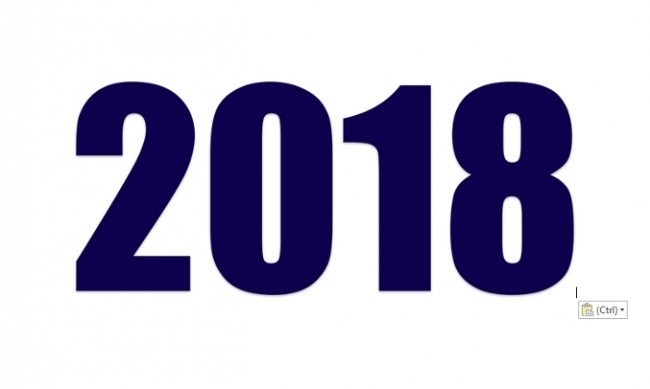
Column by Rob Salkowitz
Posted by Rob Salkowitz on January 2, 2018 @ 1:58 pm CT
MORE COMICS
From Image Comics
August 14, 2025
The Curse of Sherlee Johnson #3 debuts two iconic new variant covers from Frank Miller and Todd McFarlane, on shelves this September from Image Comics.
To Bring Marvel, Star Wars, Disney, and 20th Century Studios Comics to Webtoon Platform
August 13, 2025
The deal will bring comics from the Disney, Marvel Comics, Star Wars, and 20th Century Studios brands to the Webtoon platform.
MORE COLUMNS
Column by Scott Thorne
August 11, 2025
This week, columnist Scott Thorne notes a new twist in the Diamond Comic Distributors saga and shares his thoughts on the Gen Con releases that will make the biggest impacts.
Column by Jeffrey Dohm-Sanchez
August 7, 2025
ICv2 Managing Editor Jeffrey Dohm-Sanchez lays out the hotness of Gen Con 2025.



